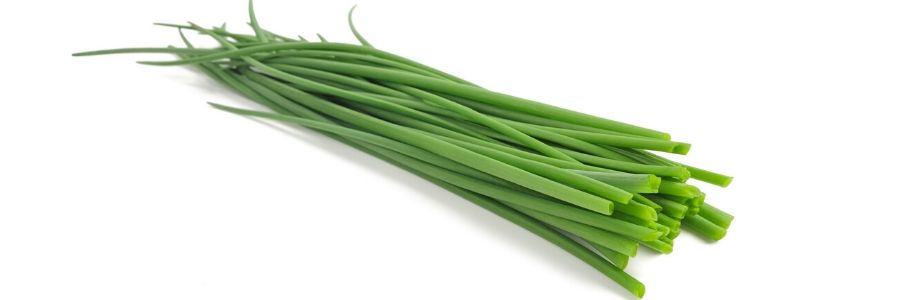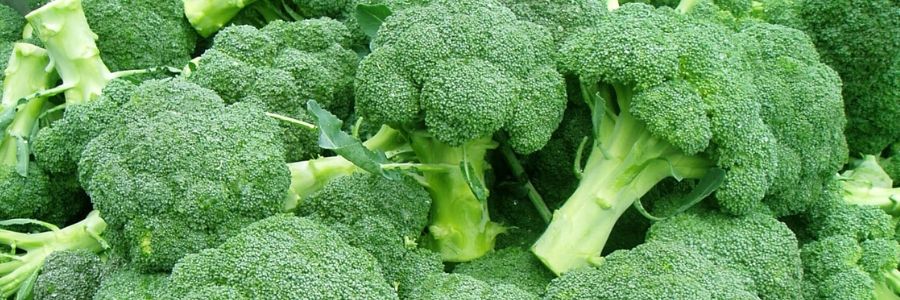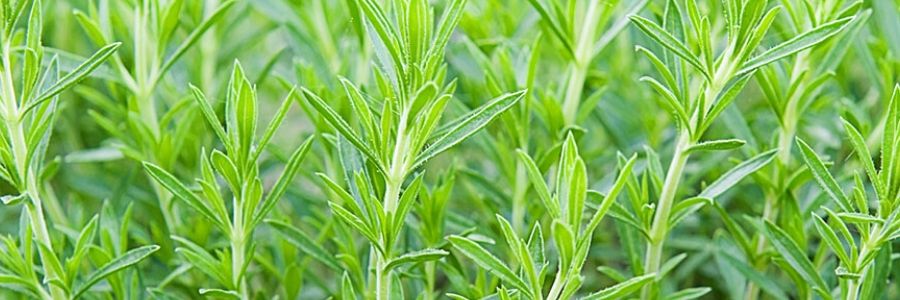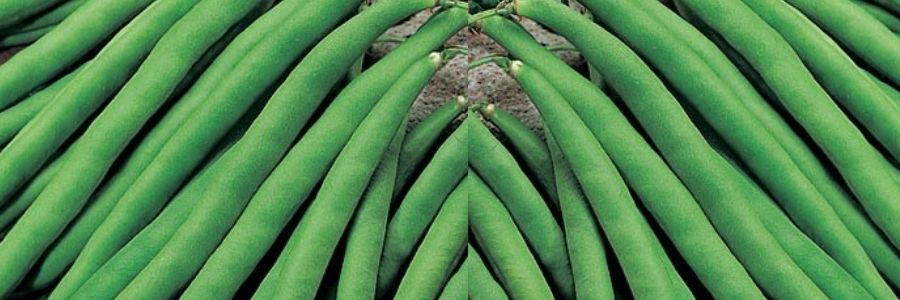Gardening
-
How to Cook Githeri – Githeri Recipe
Get Githeri Recipe: Learn how to cook Githeri. Githeri can be quite a tasty dish if well prepared and with proper ingredients. What is Githeri Githeri is basically a mixture of maize and beans boiled together to make a meal. The maize could be soft or hard. This depends on your preference. Most people prefer soft maize. The choice of beans will determine the taste of githeri you get. Many communities in especially in Kenya have their different methods of cooking githeri. How to Prepare Githeri Let’s have a look at how to make githeri using a simple githeri recipe. Below is a simple recipe which will hopefully make…
-
Health Benefits of Sukuma Wiki – Kales
“Sukuma wiki” a Kiswahili name for kales is one of the most nutritious vegetables. The health benefits of Sukuma wiki (Kales) have been known for a long time. Kales are also filled with so many nutrients such as Vitamin K, Vitamin A, Vitamin C, Manganese, Magnesium, Iron, Fiber, Folate, Magnesium, Vitamin E, etc. It is one of the cheapest and available vegetables that can be added to everyone’s plate regardless of economic ability. Below are 10 health benefits of Sukuma wiki – Kales. Sukuma Wiki Health Benefits 1. Promote weight control and management. 5 average-sized kales contain around 36-40 calories and few grams of fiber. Not only does the fiber…
-
Health Benefits of Eating African Indigenous Vegetables
The health benefits of eating African indigenous vegetables are so many that doctors are now encouraging more people to eat these vegetables to curb lifestyle diseases. Some of these Africa indigenous vegetables include Common nightshade, Amaranth, spider plant, Jews mallow, Cowpeas leaves and many others not mentioned in this article Health Benefits of Eating African Indigenous Vegetables These vegetables have the following benefits Health benefits of Common nightshade (Managu/Mnavu/Ogusa/Kitulu) Nutrients contained in managu include proteins, iron, calcium, vitamin C, phosphorous, vitamin A and B, fiber, and carbohydrates. As a result of these nutrients, managu health benefits includes: Assist in the formation of red blood cells Improve digestion as the leaves…
-
How to Grow Mint
How to Grow Mint: Mint is a flavorful and aromatic herb that is relatively easy to grow. Here are some tips for growing mint in your home or garden: Choose a location with plenty of sunlight. Mint plants prefer full sun, but they can also grow in partial shade. Prepare the soil by adding compost or well-rotted manure to enrich it. Mint grows best in well-draining soil with a pH between 6.0 and 7.0. Plant the mint in the ground or in a container filled with soil. Space the plants about 12 inches apart, as mint can spread quickly. Water the mint plants regularly, keeping the soil evenly moist but…
-
Kenya Tarragon
Experience the best quality of Kenya Tarragon herbs Tarragon is a species of perennial herb in the sunflower family cultivated for culinary and medicinal purposes. Tarragon grows to 120–150 cm tall, with slender branched stems. Tarragon grown in Kenya is increasing in demand. It is one of those herbs known to curb a number of diseases or illnesses and also flavoring of foods and increasing appetite. Kenyan tarragon is among the best herbs, grown in the rich loamy volcanic soils of the Kenyan highlands. Its quality is very high as it receives a consistent and fresh supply of clean water from the streams of Mount Kenya. The climatic condition allows…







